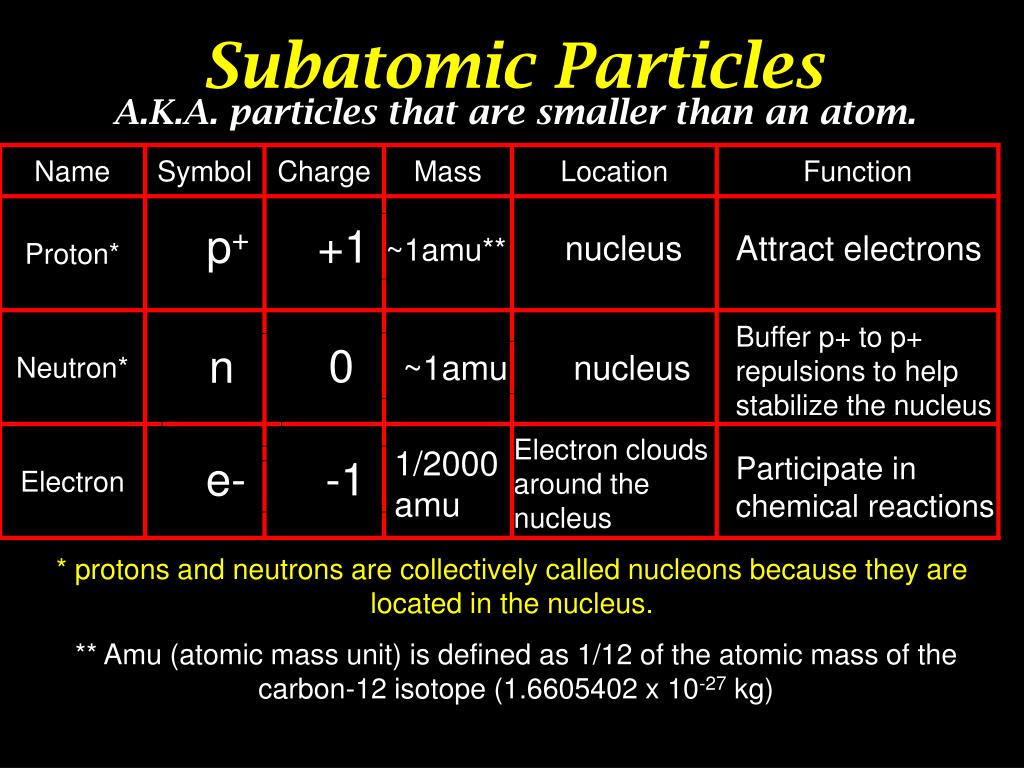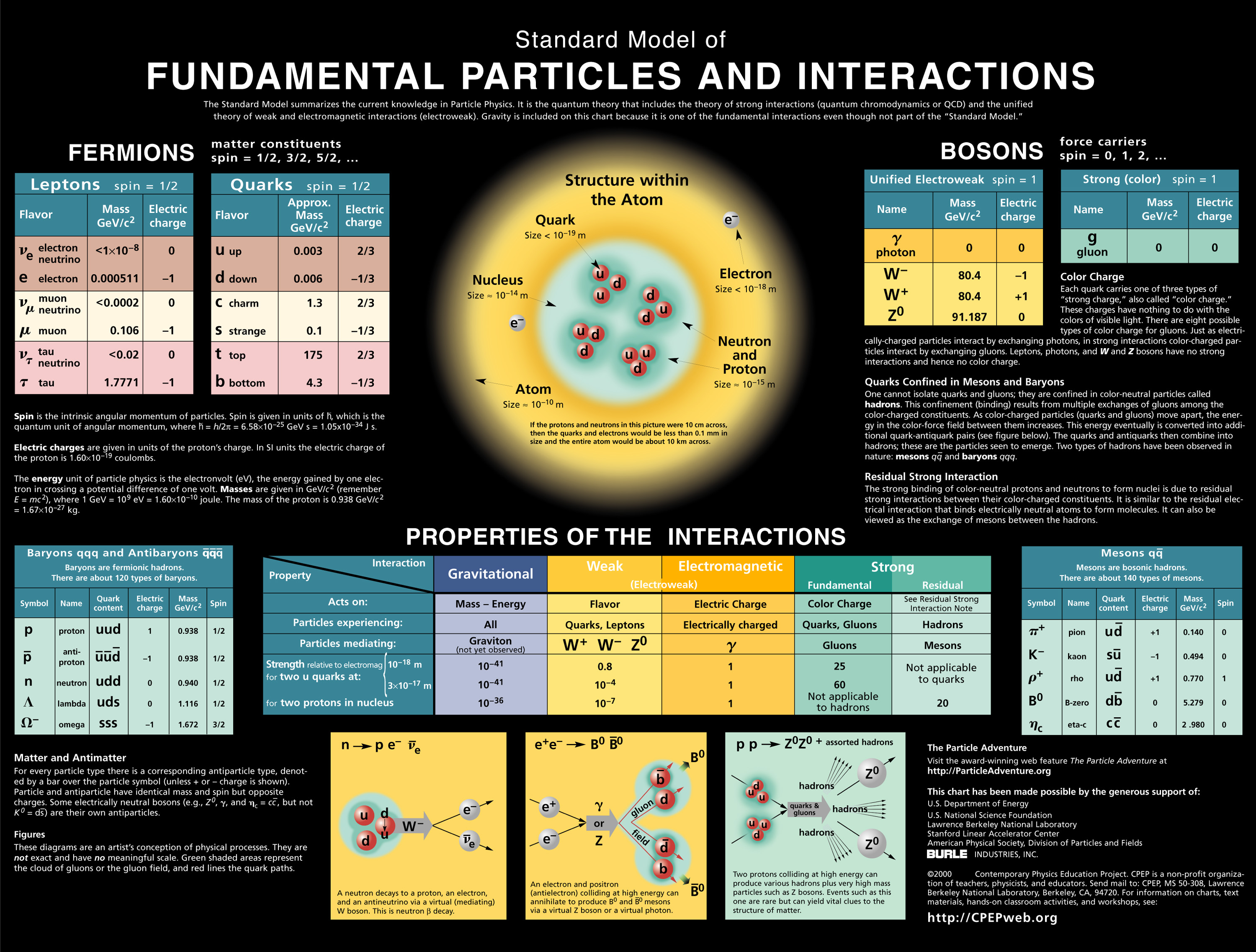


They have different chemical properties compared to their neutral counterparts due to their altered electron configurations. Ions are atoms that have gained or lost electrons, resulting in a charged particle. Oxygen has an atomic number of 8, which means it has 8 protons, and it has a mass number of 16, which means it has 8 neutrons and 8 electrons. Lithium has a mass number of 7 (to one decimal place) and an atomic number of 3. In our example above, this particular carbon atom has six protons, six electrons and six neutrons. In an uncharged atom, the number of electrons is always equal to the number of protons, so is also given by the atomic number. Therefore, you can find the number of neutrons by subtracting A from Z. The mass number, A, gives the combined total number of protons and neutrons in the atom. The atomic number, Z, gives the number of protons in the atom and therefore tells you which element the atom belongs to. Let’s take a look at carbon as an example: It’s all very well and good being told you have an atom of a certain element, but how do you know its atomic structure and exactly how many of each type of fundamental particle it has? This is where the periodic table comes in handy. Democritus wasn't too far off the mark after all! To summarize, here's a helpful table that shows the relative charges, masses, and locations of the different subatomic particles in an atom: Finding the atomic structure of an element Overall, atoms may seem crowded with all their subatomic particles, but they are mostly empty space. The number of electrons in an atom determines how it behaves chemically and how it interacts with other atoms. For more information on electron shells, sub-shells, and orbitals, check out "Electron shells, sub-shells and orbitals." Electrons always try to occupy the lowest energy level possible. The further away from the nucleus an electron is, the higher its energy level. Instead, they occupy energy levels, also known as shells, that surround the nucleus. Unlike protons and neutrons, electrons don't hang out in the nucleus. In fact, they have a relative mass of only 1/1840 on the carbon-12 scale. ElectronsĮlectrons are negatively charged particles, and they are much lighter than protons. Neutron numbers can vary between atoms of the same element without much effect on their chemical properties. They also have a relative mass of about 1 and are found alongside protons in the nucleus. Knowing the number of protons in an atom is the key to unlocking its identity! Neutrons

The number of protons in an atom is crucial because it determines which element it belongs to on the periodic table. In the centre of an atom, you'll find the nucleus, where protons are tightly packed together.

We'll talk about carbon-12 atoms in more detail later on in this article. On this scale, a carbon-12 atom has a mass of exactly 12, and a proton has a mass of approximately 1. Even though they only weigh about kg, their mass is measured on a scale called the carbon-12 scale. Protons are tiny particles that carry a positive charge. So, let's delve deeper into this topic! Protons If you're curious about the world around you, understanding the basics of atomic structure is a great place to start. Atoms are made up of three types of subatomic particles: protons, neutrons, and electrons. An atom is the smallest unit of ordinary matter within an element. We now know better! The study of particles inside the atom created the field of atomic structure.Ītomic structure refers to the arrangement of subatomic particles within the atom. However, Democritus believed that atoms were the smallest unit possible. He was partly right! Almost everything around us, from rocks to stars to blood to batteries, is made up of atoms. Democritus, a Greek philosopher, once said that nothing exists except atoms and empty space everything else is just opinion. Atomic structure is a fascinating topic that has been studied for over 2000 years.


 0 kommentar(er)
0 kommentar(er)
